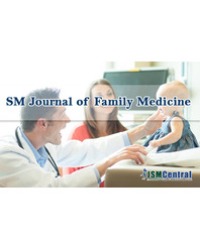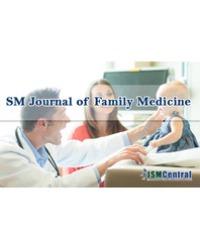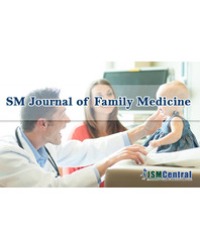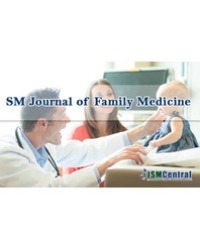
Family Medicine Practice in Italy
The aim of this report is to provide information about the practice of family medicine in Italy. Despite the beginning of the practice of family health-care throughout Turkey in 2010, and the growth of family medicine, pre-existing problems continue to be experienced, and new problems are arising.
In developed countries, family health-care is being practised very well, due to the experience gained from years of practice.
There are many important differences in the practice of family medicine in different countries, to do with culture, life-style, economic status and level of education. In this report, information is presented about family medicine and its practice in Italy, a country with a population of about 60 million, and whose population growth is much lower when compared with Turkey, and is, at the same time, a Mediterranean country
At the outset of the practice of family medicine, Italy, which has undergone a long, difficult and varied development, it was fully financed by the country’s Health Ministry.
The practical, economic and organised lifestyle is seen reflected in the practice of family medicine.
Assoc. Prof. Dr. Olgun Gökta? has travelled in person to Italy, looked into this practice and prepared this report. The ultimate aim of this report is to gain ideas about how to solve the problems seen in the practice of family medicine in Turkey, through ideas and contributions from Italy, a European country.
Olgun Göktaş*




